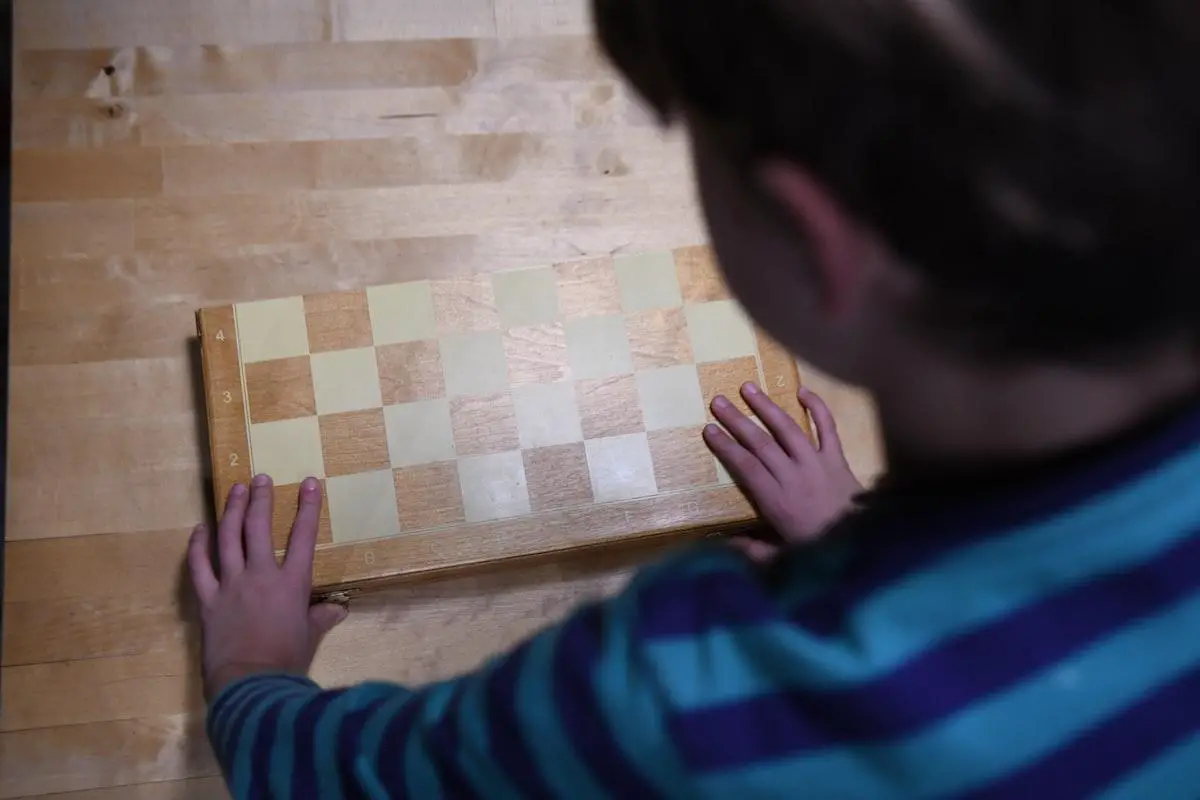Are you interested in improving your chess game? If so, understanding the rules and strategies behind flagging is of paramount importance. In chess, flagging refers to the act of losing on time when a player runs out of the allotted time on their clock. In this article, we will explore the concept of flagging in chess, its importance, and how you can use it to your advantage. Whether you are a beginner or a seasoned chess player, this guide will provide you with valuable insights into the rules of flagging and how to avoid losing on time.
History and Basic Rules of Chess

Chess is a strategic board game that has been played for centuries. It has an interesting history that dates back to ancient India, where it originated as a game called chaturanga. Today, chess is a popular game enjoyed by millions worldwide. It is played on a square checkered board with 64 squares and involves two players, each with 16 pieces of contrasting colors. The aim of the game is to checkmate your opponent’s king, while protecting your own king from being captured. Chess involves a combination of tactics, strategy, and critical thinking, making it a challenging and rewarding game for players of all skill levels.
The Objectives of Chess: Checkmate the King

Moving on to the topic of flagging in chess, it refers to the act of losing on time when a player’s clock runs out before they can make their move. Each player in chess is allotted a specific amount of time to complete their moves, and if a player’s clock runs out before they make their move, they lose the game on time, regardless of the position on the board. Flagging is an important aspect of chess gameplay since it adds a time constraint to the game, forcing players to play quickly and efficiently. The importance of flagging in chess lies in the fact that it adds an extra layer of strategy to the game, requiring players to balance their moves with the time left on their clock, adding to the excitement and challenge of the game.
Mastering Chess Tactics, Strategy, and Critical Thinking
To understand how flagging works, it’s important to know that a typical chess game has a set time limit. In some competitions or online games, the time limit may be as little as one minute for each player, while in others, the time limit can go up to several hours. Each player has a clock that counts down the time they have left to make their moves. If a player makes a move, their clock stops, and their opponent’s clock starts automatically. The clock is only paused when there is a draw offer, a dispute, or another type of interruption. If a player’s clock runs out of time, they lose the game on time, and their opponent wins. Therefore, managing your clock time becomes a crucial element of the game, and players often employ different strategies to make use of their time efficiently while trying to avoid flagging.
Debunking Common Misconceptions About Flagging
There are several common misconceptions surrounding flagging in chess that are important to debunk. One of the most common misconceptions is that flagging is a cheap way to win. This is not true since flagging requires a player to manage their time efficiently while simultaneously playing strategically. Another misconception is that flagging is unfair, giving an advantage to faster players. However, a faster player still has to make good moves and outplay their opponent to win the game. It’s also worth noting that fast play can lead to mistakes and blunders, leading to a loss instead of a win. Therefore, flagging should be viewed as just one aspect of the game, and not the deciding factor in determining the winner. By debunking these misconceptions, players can focus on improving their gameplay and mastering the art of flagging.
Tips to Avoid Flagging in Chess: Best Practices
If you want to avoid flagging in chess, there are several tips and strategies you can use. Firstly, make sure to familiarize yourself with the time control and time limits of the game you are playing. Before the game begins, make sure to organize your thoughts and plan your moves ahead of time, so that you can execute them quickly and efficiently. Monitoring your opponent’s clock can also be helpful, as it can give you an idea of how much time you can afford to spend on your moves. You can also develop your board vision and pattern recognition skills, allowing you to identify key positions and patterns quickly, and making it easier to make good moves quickly. Finally, practicing playing at a faster time control in order to develop your speed is another effective strategy. By following these tips, you can minimize the risk of flagging and enhance your chess game.
Effective Tips to Avoid Flagging in Chess
In conclusion, flagging is an important aspect of chess that adds an extra layer of strategy and challenge to the game. Understanding the rules and strategies of flagging is crucial if you want to take your game to the new heights. Flagging is not a cheap way to win, nor is it an unfair advantage for faster players. Instead, it’s a crucial element that can be mastered with practice and experience. By following the tips and strategies outlined in this article, you can avoid losing on time, improve your playing efficiency, and enhance your overall chess skills. Remember, flagging should be viewed as just another aspect of the game, so it’s important to focus on playing a good game of chess instead of just trying to avoid flagging. With practice and dedication, you can become an expert in flagging and a master of the game of chess.
FAQs: Understanding Flagging in Chess
Here are some frequently asked questions (FAQs) with answers related to the topic of flagging in chess:
What is flagging in chess?
Flagging in chess refers to the act of losing on time when a player’s clock runs out before they can make their move.
Why is flagging important in chess?
Flagging is important in chess because it adds a time constraint to the game, forcing players to play quickly and efficiently. It also adds an extra layer of strategy, requiring players to balance their moves with the time left on their clock.
Is flagging considered a cheap way to win in chess?
No, flagging is not a cheap way to win in chess. It requires a player to manage their time efficiently while playing strategically. Fast play can also lead to mistakes and blunders, leading to a loss instead of a win.
Is flagging fair in chess?
Yes, flagging is fair in chess. A faster player still has to make good moves and outplay their opponent to win the game.
How can I avoid flagging in chess?
To avoid flagging in chess, you can familiarize yourself with the time control and time limits, plan your moves ahead of time, monitor your opponent’s clock, develop your board vision and pattern recognition skills, and practice playing at a faster time control.
What are some common misconceptions about flagging in chess?
Some common misconceptions about flagging include that it’s a cheap way to win and that it’s unfair for faster players. These are not true as flagging requires a player to manage their time efficiently while playing strategically, and fast play can lead to mistakes and blunders.
How can I improve my chess gameplay with flagging?
You can improve your chess gameplay with flagging by developing your speed, planning your moves ahead of time, and familiarizing yourself with the time control and time limits. You can also use your opponent’s time to your advantage by making moves that force them to spend more time thinking.